Life on Earth can be incredibly resilient, thriving in places we’d consider uninhabitable. Some bacteria have evolved to withstand extreme heat, crushing pressures, intense radiation, and even acidic or salty conditions. These hardy microbes live in some of the harshest environments imaginable, from hydrothermal vents on the ocean floor to radioactive waste sites. Scientists study these organisms to learn how they survive and even flourish under such intense conditions. Their adaptations offer clues to life’s potential in otherworldly settings and inspire innovative applications in fields like medicine and environmental science. Each of these has unique ways of enduring the extremes, showcasing just how adaptable life can be.
Deinococcus radiodurans: The Radiation Survivor
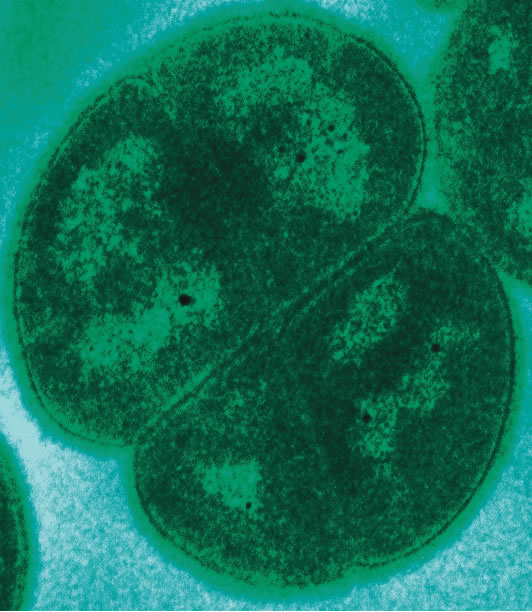
Deinococcus radiodurans is renowned for its extraordinary resistance to ionizing radiation, capable of withstanding doses up to 5,000 grays without loss of viability. This bacterium thrives in environments with high radiation levels, such as nuclear waste sites, where most life forms cannot survive. Its resilience is attributed to efficient DNA repair mechanisms that rapidly mend radiation-induced damage. Additionally, D. radiodurans can endure extreme conditions like desiccation, cold, and vacuum, classifying it as a polyextremophile. Its genome is organized into tightly packed toroids, which may facilitate DNA repair. Its ability to repair both single- and double-stranded DNA breaks is unparalleled among known organisms. Research into it offers insights into potential applications in biotechnology and astrobiology. Scientists are investigating how its DNA repair mechanisms might be used in radiation therapy and other fields.
Thermus aquaticus: The Heat Lover
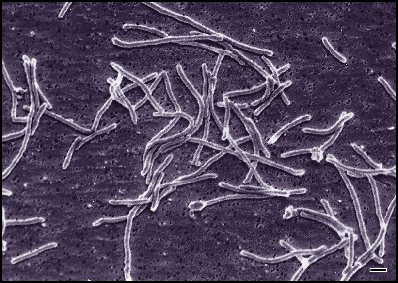
Thermus aquaticus is a thermophilic bacterium that thrives in high-temperature environments, notably in the hot springs of Yellowstone National Park. It can survive and proliferate at temperatures around 70°C (158°F), where most organisms would perish. This heat tolerance is due to its stable enzymes, particularly Taq polymerase, which remains functional at elevated temperatures. Taq polymerase has become essential in the polymerase chain reaction (PCR) technique, revolutionizing molecular biology by enabling DNA amplification. The discovery of T. aquaticus has underscored the importance of extremophiles in scientific advancements. It is also studied for its unique protein stability, potentially inspiring new biotechnological applications. Research continues into its enzymes to discover other high-temperature applications in industry.
Halobacterium salinarum: The Salt Tolerant
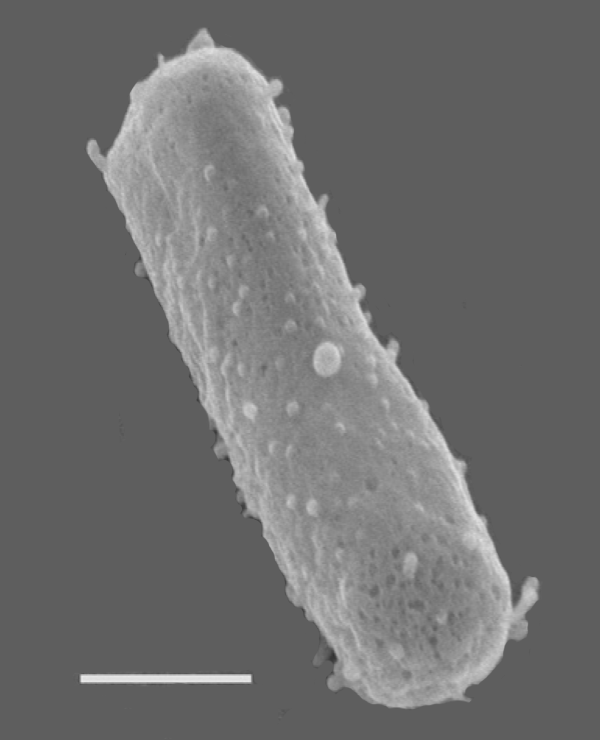
Halobacterium salinarum is an extremophile that flourishes in high-salinity environments, such as salt flats and evaporation ponds. This microorganism can survive salt concentrations up to 25%, where other organisms would dehydrate and die. The secret to its survival lies in the high concentrations of potassium ions within its cells, counteracting the osmotic pressure from the surrounding salt. Additionally, it uses a protein called bacteriorhodopsin to generate energy from light, aiding survival in its challenging habitat. This unique adaptation to high salinity has made H. salinarum a subject of research for understanding salt tolerance mechanisms. Scientists are studying it to uncover potential applications in biotechnology and desalination processes. The study of its adaptations could help develop more salt-tolerant crops and materials.
Acidithiobacillus ferrooxidans: The Acid Dweller
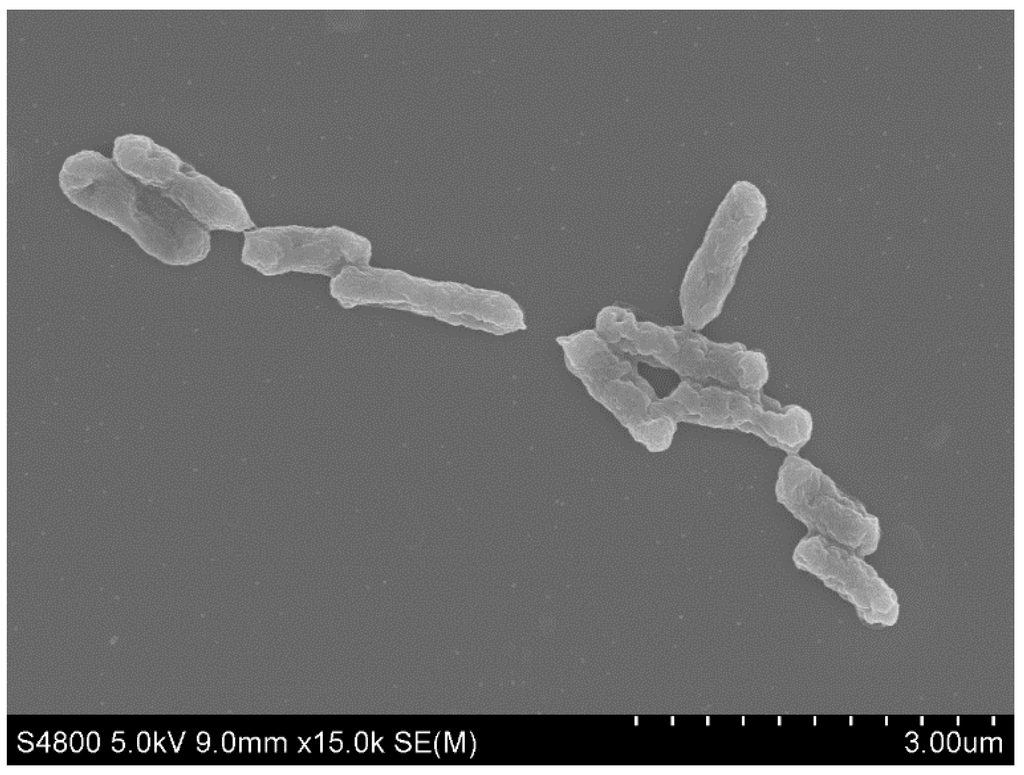
Acidithiobacillus ferrooxidans is a chemolithotrophic bacterium capable of thriving in acidic environments, such as mine drainage sites with a pH as low as 1. This acidophile can survive and even flourish in environments toxic to most organisms due to its unique ability to oxidize iron and sulfur. By doing so, it obtains energy, enabling it to live in conditions rich in metals. This capability has practical applications in bioleaching, a process that extracts metals from ores, thus aiding in the mining industry. A. ferrooxidans also contributes to understanding metal corrosion, as it accelerates the breakdown of metal structures. Studies on this bacterium provide insights into both environmental remediation and industrial applications. It may also inspire new techniques for managing acid mine drainage, a major environmental concern.
Pyrolobus fumarii: The Heat Resistor
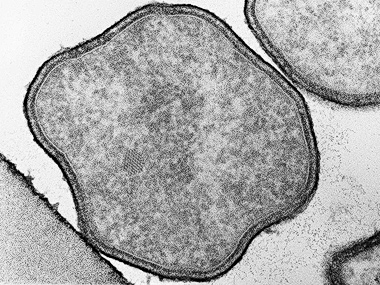
Pyrolobus fumarii is a hyperthermophilic bacterium found near hydrothermal vents on the ocean floor, enduring temperatures up to 113°C (235°F). This extreme heat tolerance allows it to survive in environments where few life forms can exist. P. fumarii metabolizes hydrogen and sulfur, supporting its life at these high temperatures without needing sunlight. Its enzymes remain stable and functional in boiling conditions, making it valuable in scientific research on protein stability. These enzymes may have potential applications in industrial processes that require high-temperature operations. Its resilience offers insights into the possibilities of life on other planets, particularly those with extreme heat. Understanding its adaptations can also aid in engineering thermostable proteins for various uses.
Desulfotomaculum spp.: The Anaerobic Metal Reducer

Desulfotomaculum species are anaerobic, sulfate-reducing bacteria that thrive in oxygen-depleted, often metal-rich environments. They inhabit deep subsurface habitats, including oil fields, hot springs, and even some mining environments. These bacteria obtain energy by reducing sulfate to sulfide, a process that allows them to survive without oxygen. Additionally, its metal-reducing abilities make it a candidate for bioremediation, as it can help remove metals from contaminated environments. This bacterium’s metabolic processes provide insights into early Earth conditions before oxygen was prevalent. Researchers explore its potential for cleaning up polluted sites and managing waste in metal-processing industries. Understanding its unique adaptations may also inform space exploration, where oxygen is scarce.
Clostridium paradoxum: The Alkaline Extremophile

Clostridium paradoxum is known for its ability to survive in highly alkaline environments, with a pH of 10 or higher. Found in soda lakes and alkaline soils, it thrives in conditions that would be deadly for most organisms. C. paradoxum can tolerate and even grow in extreme alkalinity, adjusting its cellular machinery accordingly. This adaptation is partly due to the bacterium’s ability to pump out hydroxide ions to maintain its internal pH. The study of its mechanisms provides valuable insights into the biochemical adaptations required to survive in high pH environments. Its enzymes have potential uses in industries requiring stability in alkaline conditions, such as detergents. Research into this bacterium’s adaptability may contribute to our understanding of extreme biomes on Earth and beyond.
Methanopyrus kandleri: The Deep-Sea Methane Producer
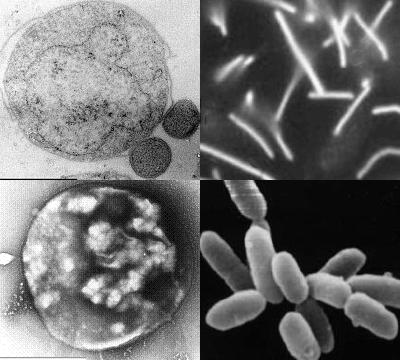
Methanopyrus kandleri is an archaean that thrives in extreme pressures and temperatures, specifically around hydrothermal vents at depths of over 2,000 meters. It can withstand temperatures up to 122°C (252°F), among the highest recorded for any organism. M. kandleri metabolizes carbon dioxide and hydrogen, producing methane as a byproduct, which contributes to the unique ecosystems surrounding deep-sea vents. Its enzymes are stable under extreme heat and pressure, making it a subject of interest for studying life’s limits. Research into it has implications for understanding extremophile survival on other planets, especially in high-pressure environments. This archaean could also aid in methane production processes in industries looking for sustainable biofuels. The adaptations of it offer clues to life’s resilience in extreme conditions.
Bacillus anthracis: The Spores of Resilience
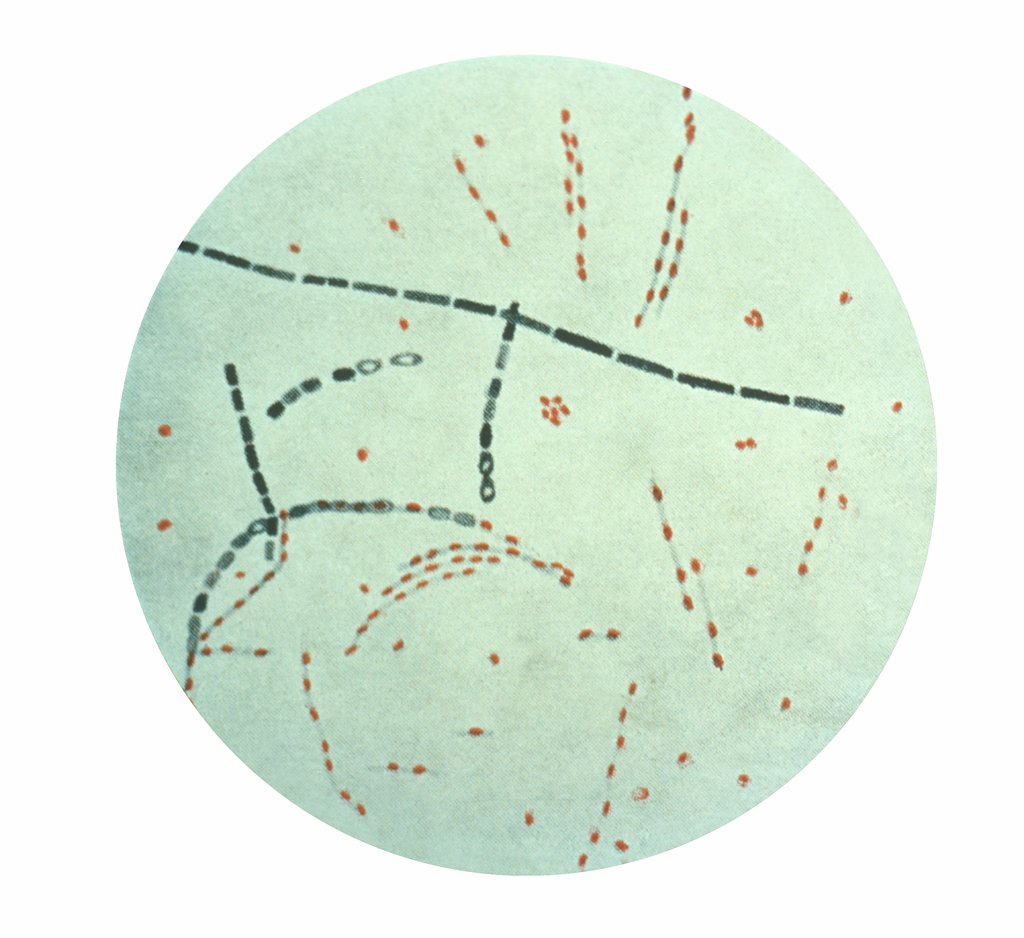
Bacillus anthracis, the bacterium responsible for anthrax, is known for its remarkable ability to form spores that can survive in extreme conditions. These spores can endure high temperatures, desiccation, and exposure to harsh chemicals, remaining viable for decades in soil. B. anthracis spores are highly resistant to ultraviolet radiation and can survive in the environment even when the vegetative cells perish. This resilience allows the bacteria to persist in inhospitable environments, such as arid and semi-arid regions. While its survival capabilities are a concern for public health due to potential bioterrorism, they also highlight the incredible adaptability of microbial life. Research into its spore-forming mechanisms could lead to advancements in biodefense and agricultural applications. Understanding how it survives extreme conditions may help develop better strategies for controlling its spread and impact.
Clostridium botulinum: The Toxin Producer
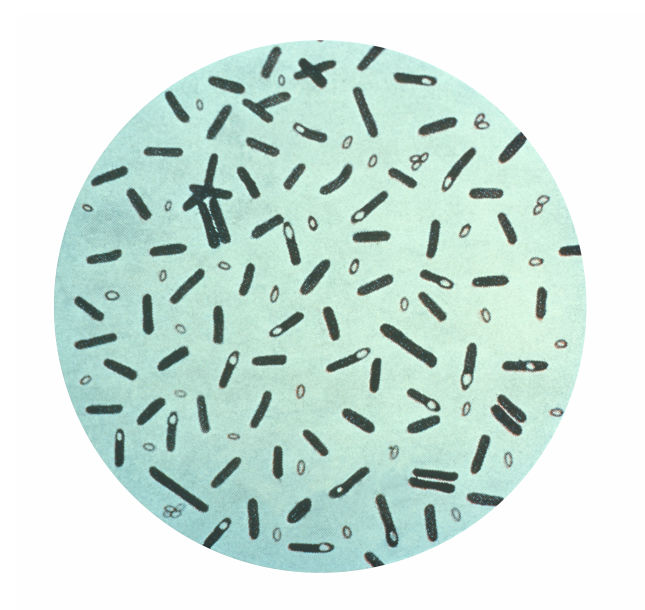
Clostridium botulinum is an anaerobic bacterium known for producing one of the most potent toxins, botulinum toxin, and its remarkable ability to endure extreme conditions. This bacterium can thrive in low-oxygen environments, such as canned foods and improperly stored agricultural products. C. botulinum forms spores that resist heat, desiccation, and various environmental stressors, allowing them to survive in harsh conditions. The spores can remain dormant for long periods, only becoming active when conditions are favorable. While the toxin produced by it poses a serious health risk, the bacterium’s resilience has sparked interest in its potential uses in medicine. Researchers are studying the toxin for therapeutic applications, including treating certain muscle disorders and cosmetic uses. This duality of danger and utility makes it a fascinating subject for understanding microbial survival.
This article originally appeared on Rarest.org.
More from Rarest.org
12 Rare Mammals That Live in the World’s Tallest Mountains

High-altitude regions around the world are home to some of the most unique and uncommon mammals on the planet. They have adapted to survive in the harsh, cold, and rugged environments of the world’s tallest mountains. Read More.
15 Rare and Exotic Amphibians Thriving in Remote Jungles
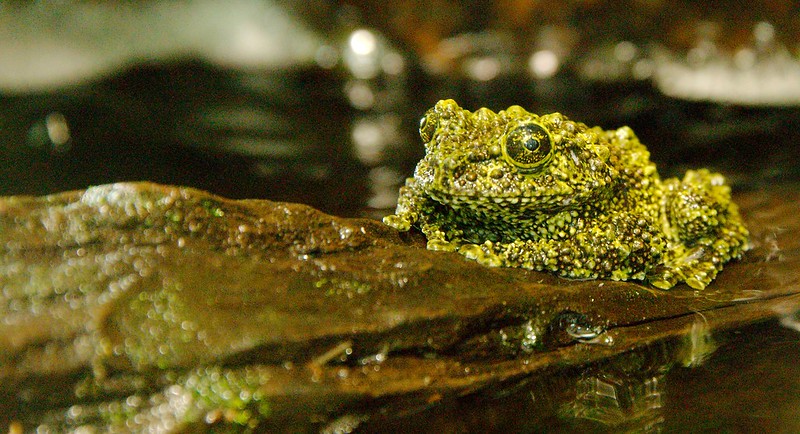
Deep within the world’s most remote jungles, a diverse range of rare and exotic amphibians thrive, often hidden from human view. These remarkable creatures have evolved unique traits to survive in their specific environments, from vibrant colors that ward off predators to extraordinary abilities like gliding or regenerating limbs. Read More.
12 Classic Cars Abandoned in Barns Now Worth Millions

Classic cars often carry a unique charm, but some of the most iconic ones have been left abandoned in barns, forgotten for decades. Hidden away and covered in dust, these cars have gained new life, becoming treasures worth millions. Collectors and enthusiasts are now discovering these relics, restoring their former glory, and witnessing their value skyrocket. Read More.
